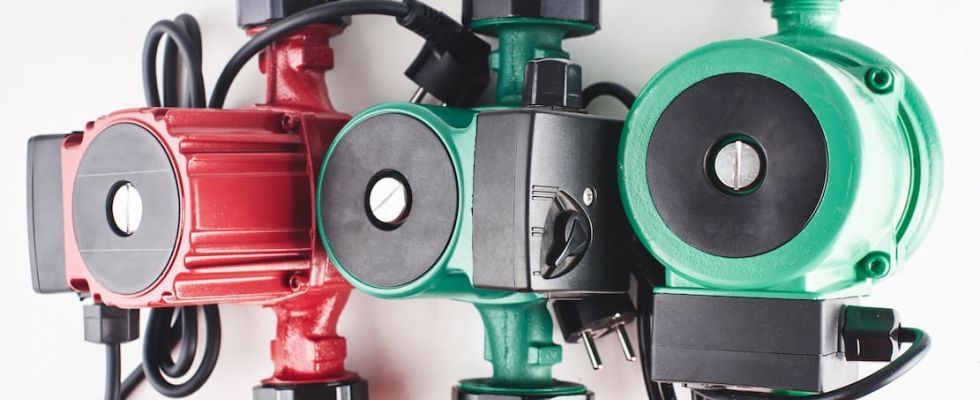
The Equipment Leasing and Finance Association’s (ELFA) Monthly Leasing and Finance Index (MLFI-25), which reports economic activity from 25 companies representing a cross section of the $1 trillion equipment finance sector, showed their overall new business volume for February was $7.9 billion, up 11% year-over-year from new business volume in February 2022. Volume was down 10% from $8.8 billion in January. Year-to-date, cumulative new business volume was up nearly 9% compared to 2022.
Receivables over 30 days were 1.8%, down from 1.9% the previous month and up from 1.7% in the same period in 2022. Charge-offs were 0.32%, down from 0.34% the previous month and up from 0.09 percent in the year-earlier period.
Credit approvals totaled 75.7, up from 75.1% in January. Total headcount for equipment finance companies was down 3.7% year-over-year.
Separately, the Equipment Leasing & Finance Foundation’s Monthly Confidence Index (MCI-EFI) in March is 50.3, a decrease from the February index of 51.8.
ELFA President and CEO Ralph Petta said, “Monthly data for February shows a substantial rise in new business volume compared to the same period last year. The steady rise in short-term interest rates and stubborn inflationary pressures do not seem to have suppressed demand for productive equipment by U.S. businesses. A mild winter and steady return to a more normalized supply chain in a number of important sectors also contributed to the strong February data. Portfolios of MLFI respondents continue to perform well.”
Marc Gingold, CLFP, Vice President of Syndication, Fleet Advantage, said, “The February MLFI index and increase in year-over-year new business volume are reflective of our results in our core markets. In the transportation sector, we expect origination growth during 2023 as these supply-chain issues diminish and accelerating deliveries fulfill a healthy backlog. Alternative fuel vehicles are gaining some traction with extensive customer interest, but we foresee very limited volumes as there remains limited qualified long-haul applications. Overall, we remain optimistic but sensitive to credit quality as economic conditions are volatile.”
About ELFA’s MLFI-25
The MLFI-25 is the only near-real-time index that reflects capex, or the volume of commercial equipment financed in the U.S. The MLFI-25 is released globally at 8 a.m. Eastern time from Washington, D.C., each month on the day before the U.S. Department of Commerce releases the durable goods report. The MLFI-25 is a financial indicator that complements the durable goods report and other economic indexes, including the Institute for Supply Management Index, which reports economic activity in the manufacturing sector. Together with the MLFI-25 these reports provide a complete view of the status of productive assets in the U.S. economy: equipment produced, acquired and financed.
The MLFI-25 is a time series that reflects two years of business activity for the 25 companies currently participating in the survey. The latest MLFI-25, including methodology and participants, is available at www.elfaonline.org/knowledge-hub/mlfi-25-monthly-leasing-and-finance-index.
The MLFI-25 is part of the Knowledge Hub, the source for business intelligence in the equipment finance industry. Visit the hub at www.elfaonline.org/KnowledgeHub.
MLFI-25 Methodology
ELFA produces the MLFI-25 survey to help member organizations achieve competitive advantage by providing them with leading-edge research and benchmarking information to support strategic business decision making.
The MLFI-25 is a barometer of the trends in U.S. capital equipment investment. Five components are included in the survey: new business volume (originations), aging of receivables, charge-offs, credit approval ratios, (approved vs. submitted) and headcount for the equipment finance business.
The MLFI-25 measures monthly commercial equipment lease and loan activity as reported by participating ELFA member equipment finance companies representing a cross section of the equipment finance sector, including small ticket, middle-market, large ticket, bank, captive and independent leasing and finance companies. Based on hard survey data, the responses mirror the economic activity of the broader equipment finance sector and current business conditions nationally.

